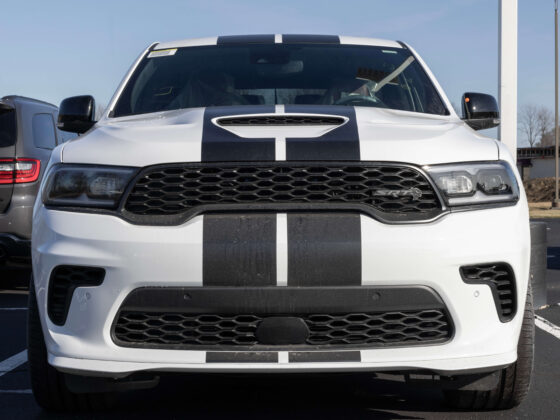Here at eTags we don’t just facilitate transfers or issue registration. We do more than add and remove owners from titles and arrange for personalized specialty plates. In addition to all the “work” we do, we also receive lots of questions about all things automobile related, and we love that. It makes sense, since this is our thing, our job, our passion. Some queries we get are pretty straightforward, easy to answer, while others are a bit more complex to explain. All questions being equal in importance – we are firm believers in the idea that there is no such thing as a “dumb” question – we do like to take a bit more time with the multi-faceted topics.
Use eTags© to Quickly Complete Your DMV Service. Renewals, Title Transfers and More, All Online!
And today we’re going to break down for you the concept of a lien and a lienholder. Whether you’ve been down this road already or have never even heard the term, you may want to peruse the following facts, as liens are a common occurrence, and you never know when this knowledge may come in handy.
If you’re new to the word, let’s begin with a bit of etymology. The word “lien” derives from ancient Latin, its original form being “ligare,” meaning, “to bind.” Over the years the term went through a transformation, landing in 1500’s French as “lien,” defined as “a bond or tie.”

Today, the word still holds some of its earliest essence, in that our modern definition – a right to keep possession of property belonging to another person until a debt owed by that person is discharged – does speak of bonds and ties.
And how does this relate to the automotive world?
With 85% of all cars in the U.S. being purchased through financing programs, that means that 85% of all vehicles will have a lien on them.
What is a lienholder, you ask? Okay, let’s break it down. Say you want to purchase a new motorcycle, but you don’t have the $15,000 to spend all at once. So the dealership will give you the option to finance the vehicle. Meaning, a bank, a lender, a lienholder will front the money to pay the dealership, pending an agreement from you that you will slowly pay back the money the bank laid out on your behalf.
To simplify, you can think of a lien as a loan, a contract delineating the repayment of a specific amount of money. The important factor being that the vehicle technically belongs to the bank while there is any outstanding balance that needs paid. The lienholder, or lender, officially owns the vehicle until the debt you owe is satisfied. So at the time of purchase, the lienholder’s name will be printed on your vehicle’s title. And while you are still making payments to the bank or lender, the lending institution’s name will most often remain on the vehicle’s title. And not only that, but it is also quite common for the lienholder to keep the actual title in their possession until the lien is satisfied.

There are some states that allow the purchaser to hold the title even while under a lien, but the lienholder still maintains the power to repossess the vehicle should the borrower fail to miss payments.
The interesting detail here is that while you may not have the physical title in hand, and while your name may not even be written on the title as legal owner, your vehicle will still be registered in your name. Yes, you read that right. The title may belong to Bank USA, Inc, but your license plates and registration card will be listed in your name. Think of it as a joint ownership of sorts. Or at the very least, a mark of faith by your local DMV and lienholder that while the vehicle isn’t yours yet, you are the trusted guardian and thus responsible to take care of your ride in the meantime.
It is worthy to take note of the fact that a lienholder is not a lessor.
The distinction between the two is as follows: a lienholder is simply a party that finances the vehicle on your behalf, owns the car in the interim, and once the debt is fulfilled, hands over ownership of the vehicle to you. Whereas with a lessor, you essentially borrow a vehicle, paying “rent” for it each month for a set amount of time (usually a year or two), ultimately returning your ride at the end of your lease, relinquishing any associated ties or responsibilities.
Now, once you’ve understood what a lien is and what a lienholder means, there are a few more factors to consider:

- A lending institution is within its right to require you to purchase certain specific insurance coverages. Most banks will expect you to buy both collision and comprehensive coverage. Others can insist that you add gap insurance as well as liability insurance.
- Buying or selling a vehicle with a lien is not a straightforward process. There are many details to factor in, including:
- How much money is still outstanding on the loan
- What your car’s current value is
- Whether you have positive or negative equity from the value of the car
For the most part, you will need to have your lien fully satisfied before selling a vehicle via private sale.
At which point you will request a lien satisfaction letter as proof of your debt fulfillment. When working with a dealership, other options may be available to you, such as a loan balance rollover.

All in all, as liens are so common in the U.S. today, chances are you already have or will come across one at some point in your driving life. And lucky for you (or is it lucky for us?!) we facilitate lien-related transactions on a daily basis here at eTags. So if you’ve got any questions, are ready to make a transfer, or aren’t sure what your next step is, give us a holler. Because, as always, we’re here to help!








